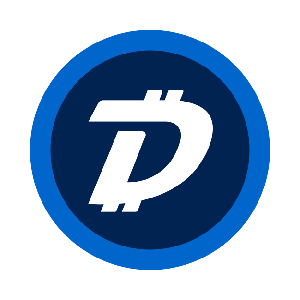Released on Feb. 6, 2014, DigiByte operates without regulation from a single administration or reserve bank. It is a crypto coin or decentralized digital asset that follows the PoW consensus and Skein algorithm.
DGB adopted the 21-figure used by Bitcoin; however, with more than five algorithms to mine with, it increased the supply to 21 billion. DigiByte is one of the original categories of digital currencies. It experienced rapid commercial adoption and claims to run the longest blockchain thanks to its fast block time.
The Basics
DigiByte is an open source-based blockchain platform and distributed digital asset. Denoted by the symbol DGB, it has a 0.5 premine and 60-second block target. Established on Jan. 10, 2014, DGB genesis block came without an initial token sale.
DigiByte uses a multi-algorithm approach to create proof-of-work methods of mining. This leads to an increasing mining capacity and the accessibility of DGB mining pools. This protects the network against a 51 percent attack and prevents centralization.
A block is a grouping of all transactions undertaken over the DGB network within a time frame of 30 seconds. New DigiBytes start circulating as soon as the network discovers each block on the network through mining.
Mining is the way in which transactions on the network are processed. You can become a miner by offering and using your mobile device, laptop, or desktop to process transactions on the DigiByte network.
The DGB blockchain describes the history of all transactions made or blocks discovered on the network. By linking blocks together, a decentralized consensus makes a secure accounting of all DGB ownership.









